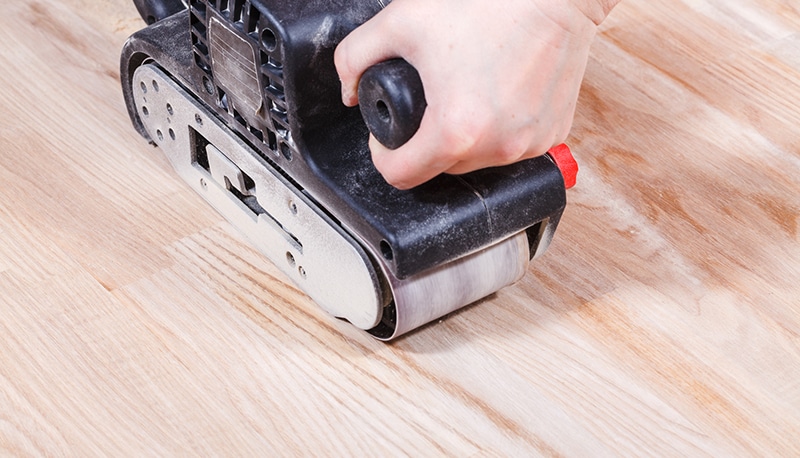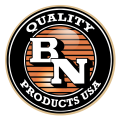
If you a DIY kind of person, sanding cannot be avoided. Many projects are going to come up that will require smooth, clean, finished surfaces. You need to choose the right hand sander for the job. You do not want to spend hours sweating over a sandpaper and seeing less-than-stellar results.
The power sander you choose will depend on the project and the wood you are working with. You want to buy a sander that can also be useful for many different types of common projects, one that is versatile and makes working in and around your home easier. The right power sander can become your best friend. Choose wisely!
Find the Right Power Sander and Learn How to Use It
Belt Sander
A belt sander is for big, flat, rough surfaces. Belt sanders are very strong and quite versatile. They work with a sanding belt, a continuous loop of reinforced abrasive that fits snuggly over two drums. The belt spins over the drums and can be adjusted to stay level and straight.
Belt sanders are perfect for sanding large boards. When doing so, keep the paper parallel with the grain of the wood and keep the sander moving continuously to avoid leaving a divot in your board. This tool is also ideal for smoothing narrow edges of boards. Clamp every board you’re working on together and sand all of them at once for the best results. A belt sander is also ideal for removing old finishes like paint, stain, or varnish.
Orbital Finishing Sander
This sander is much less heavy-duty than the belt sander. You can control it easily with one hand. Its light touch makes it nearly impossible to damage the wood you’re working with. The orbital finishing sander is best for rounding out sharp edges, removing wood putty, and knocking down dried coats of paint or varnish.
Random Orbital Sander
There are a few small but important differences between the orbital finishing sander and the random orbital sander. First, the random orbital sander has a round pad while the finishing sander’s pad is square. Second, and most importantly, the pad vibrates in random orbits and spins in circles. Thus, this small sander can be used for stock removal and smooth sanding.
The orbital sander is the most versatile sander you can buy. For most DIY’ers out there, you can complete almost all of your projects with this one sander.
Belt-and-Disk Sander
The belt-and-disk sander is best for both square and curved ends onto narrow boards. It combines a large belt sander and a disk sander into one tool that fits on your workbench.
It has a long, flat sanding surface for long, wide boards. Most types of belt-and-disk sanders also have the option to adjust the angle of the belt.
How To Use Your Sander
Every sander is unique and is best suited for particular types of projects. Regardless of the sander or projector, always wear protective glasses and a dust mask. Many sanders will have a bag and vacuum function to catch most of the dust, but it is still important to take this safety measure.
Be sure to read all of the safety and usage instructions for your sander. After that, tackle your next project with the confidence of knowing you have chosen the right tool for the job.


